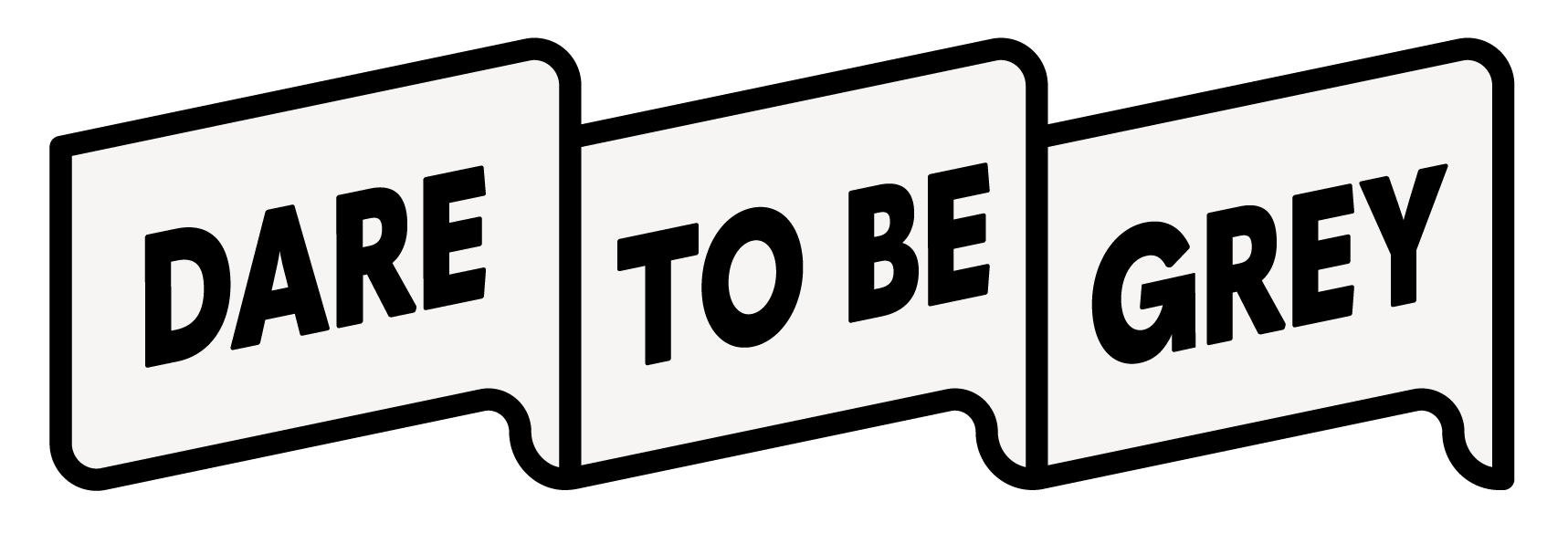Being Grey in Slovakia
July 9, 2021 — HANNAH RICHTER & PDCS
Over the years, we have talked extensively about what it means to be Grey. We used examples from all over Europe, varying from Jim, the lovely bus driver from Ireland, to Özlem Cekic, the former parliamentarian from Denmark. Of course, it’s quite easy for us to talk about Grey being the antidote for the polarisation we are facing in our societies.
We gave our friends from PDCS in Slovakia a challenge: What does it mean to be Grey in Slovakia? What kind of stories are out there? Who are the people that bring people together instead of dividing them?
The STOPA Integration Centre explains that homelessness has many faces: ‘A typical homeless person in Bratislava looks just like me, you, anyone else’. STOPA helps people without a home to find solid ground, by walking alongside them and helping them on the long journey. Due to an increase in homelessness over the last year, STOPA’s approach had to change. Previously more of a prevention than a streetwork team, they are now searching for people in the field that haven’t been homeless for very long. They found that during the COVID-19 crisis, people became more aware of how easy it is to fall into homelessness, and are actively working to keep up the solidarity that individuals are showing towards homeless people.
For the volunteer firefighters of a small fire brigade in Slovakia, it doesn’t matter if you are Catholic, Lutheran, or Muslim. When you get the call, you run to help, regardless of the community that they may come from. But when the pandemic began, the firefighters were having to turn down calls in order to do their best to protect themselves. Once they were finally able to secure protective equipment, Michal Šedivý explains that their ‘corona-related field activity increased’. From taking COVID patients to hospital, disinfecting public spaces and schools, as well as setting up a testing site, the volunteer firefighters used their own initiatives to help their village get through the pandemic together.
Coronavirus has increased the demand for online content, especially from teachers and schools. Born out of frustration, Zmudri used their online educational platform to help teachers adapt to the online world during the pandemic. They are trying to tackle the problems that education faces, especially in such uncertain and changing times. With teachers from under 30, to over 70, Julian Gerhart found that as long as they had a level of openness towards new things, which wasn’t limited by age, they could successfully educate young students.
The Roma community of Banská Bystricta, in Slovakia, was hit hard by the pandemic. Not only in how they were coping with the crisis themselves, but also in how others viewed them. They were accused of spreading the virus and acting irresponsibly. And once the regulations came, they struggled with a shortage of masks. This is where 111 Majority stepped in to help. They weren’t afraid to visit the Roma communities, and they helped distribute material aid, with food and hygiene products. Jolaná Natherová, a community organiser who collaborated with the 111 Majority, believes that the dialogue between Roma and non-Roma people does exist, and that if ‘both sides have the will and make the effort, it can really work’.
Both Benjamin Uhrin’s father and his grandfather built bridges. Although these were physical, Benjamin recently realised that he is building bridges too, between his Baptist church community, and other communities within Slovakia. He describes the world as ‘a global village’, but one that is full of hate, misunderstanding, and polarisation, towards minority groups, or anyone that is, perhaps, a little different. Benjamin says that we can’t fight it by trying to explain things, but hopefully by getting to know these people, and finding out they are normal human beings, we will be more willing to learn about the communities they represent, and build bridges together.
The past year and a half has seen so many divisions created in society, it is uplifting to see the people of Slovakia uniting to help one another. PDCS took on our challenge of finding Grey members of society, who work together to build bridges, who look out for others, and help those hit the hardest in the middle of a pandemic. Now it is your turn! If you have a story to tell about someone in your community who shows what it means to be Grey, get in touch with us here!

